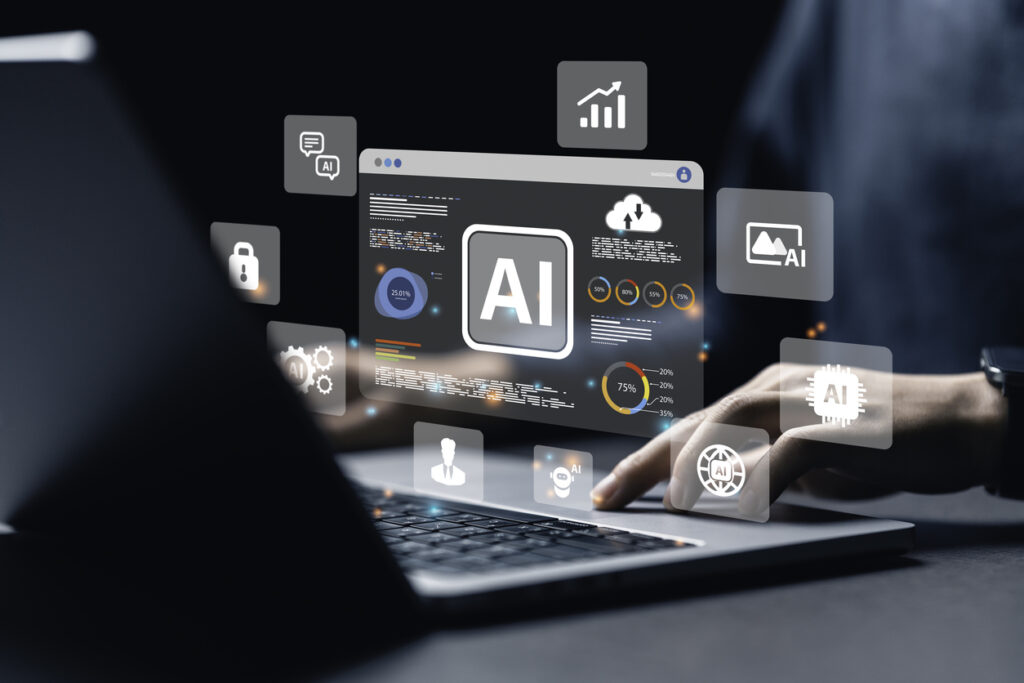As we delve deeper into the digital age, cloud computing continues to evolve at a rapid pace, reshaping the landscape of technology and business operations. With each passing year, new advancements and innovations emerge, driving the transformation of how we store, process, and manage data. In 2024, the realm of cloud computing stands on the cusp of groundbreaking developments that promise to redefine the way organizations leverage technology to streamline operations, enhance agility, and drive innovation.
In this exploration of the future of cloud computing, we delve into the top trends poised to shape the industry in 2024 and beyond, offering insights into the potential impact and opportunities that lie ahead. From hybrid cloud architectures to AI-driven automation and security advancements, the journey into the future of cloud computing promises to be both exciting and transformative.
Trend 1: Multicloud orchestration for complex cloud environments in companies
A multicloud orchestrator harmonises server workloads, storage capacities and virtual machines, enabling companies to distribute workloads efficiently, optimise the use of resources and reduce costs. By distributing capacities across different clouds, companies can also increase resilience and thus their reliability and performance. A multicloud orchestrator can also help to streamline automated tasks in a workflow and ensure that they have the required access or authorisation to execute a workload. Overall, a multicloud orchestrator allows companies to maximise the benefits of different cloud platforms, adhere to compliance policies and security protocols and maintain an overview of resource utilisation and usage in a multicloud architecture. In view of the ever-increasing demand for greater efficiency, reliability, security and lower costs, multicloud orchestration will play a key role for companies in the future.

Trend 2: Increasing cloud automation
In the future, companies will increasingly rely on cloud automation to make standardised business processes more efficient: This automation extends across a variety of software tools and software-based methods. With their support, companies can counter the shortage of IT specialists, reduce the workload of IT teams and also minimise human error in the management of cloud services. By automating the scaling, resource management and provisioning of workloads in the cloud, organisations can not only operate more efficiently, but also reduce costs and accelerate time to market for new products.
It is important to emphasise that cloud automation is not an integral part of a particular cloud solution that companies can simply add on. Rather, these are measures that should be implemented by companies. To fully utilise the benefits of cloud automation, it is therefore crucial that companies automate their existing IT with cloud technologies now, replace existing applications with cloud-native developments and develop modern API sets and company-specific DevOps principles.
Among other things, these measures make a significant contribution to the standardisation of processes and security measures and enable companies to successfully overcome various challenges in dynamic and complex cloud environments in the future.
Trend 3: Optimising cloud infrastructure for maximum performance
The optimisation of existing cloud infrastructure, applications and services is becoming increasingly important in view of the continuous financial and time expenditure for the management, expansion and scaling of resources and cloud capacities. A future-oriented cloud and data management strategy will be crucial for companies of all sizes and in all industries in order to rationalise capacities, use existing resources more efficiently and avoid shadow IT. Increased implementation of advanced cost monitoring and analysis tools will play a key role in reducing costs.
The regular adjustment of security configurations enables companies to continuously adapt their cloud environment to industry-specific compliance requirements. The trend towards cloud optimisation as a continuous process helps companies to exploit the full range of cloud benefits and increase their overall performance while optimising costs and resources for a sustainable future.
Trend 4: Increasing use of observability tools
Hybrid multi-cloud systems are highly interoperable, but also susceptible to additional vulnerabilities, particularly cybersecurity risks via third-party or fourth-party providers. Companies should therefore increasingly move towards cloud observability, which goes beyond mere monitoring. Observability tools use automated monitoring systems to identify the causes of problems and anomalies, create root cause analyses and provide predictive insights. This in-depth analysis is based on logging data, metrics and traces that provide a comprehensive understanding of system interactions.
A combination of monitoring and observability is a proactive and effective strategy for troubleshooting and optimisation and will become imperative for businesses, especially in the face of increasingly sophisticated, AI-driven cyberattacks. As public cloud services share computing services from different customers, highly regulated companies in particular will therefore increasingly opt for a private cloud, which they can control more easily and with which they can comply with local industry and government regulations and compliance requirements.
Trend 5: Private Cloud
Private cloud environments can be tailored specifically to company’s needs, providing customised scalability, effectiveness and more reliable performance. In the long term, the use of private clouds therefore often leads to lower total cost of ownership – also because companies only pay for the infrastructure they use. A private cloud therefore combines many of the benefits of cloud computing with the control and security of an on-premise infrastructure, which in some markets will be crucial for companies to achieve a target-oriented IT and cloud architecture.
The cloud at a turning point
With the increased use of AI, edge computing and the development of even more powerful cloud platforms, the cloud technologies of tomorrow will not only drive digital transformation, but also herald an era of intelligent, autonomous and highly adaptive IT landscapes. For companies, the cloud must therefore be a business case that goes beyond purely technical issues. System integrators can help to develop a suitable, efficient cloud strategy and support companies in not being left behind in the new era of cloud technologies.
